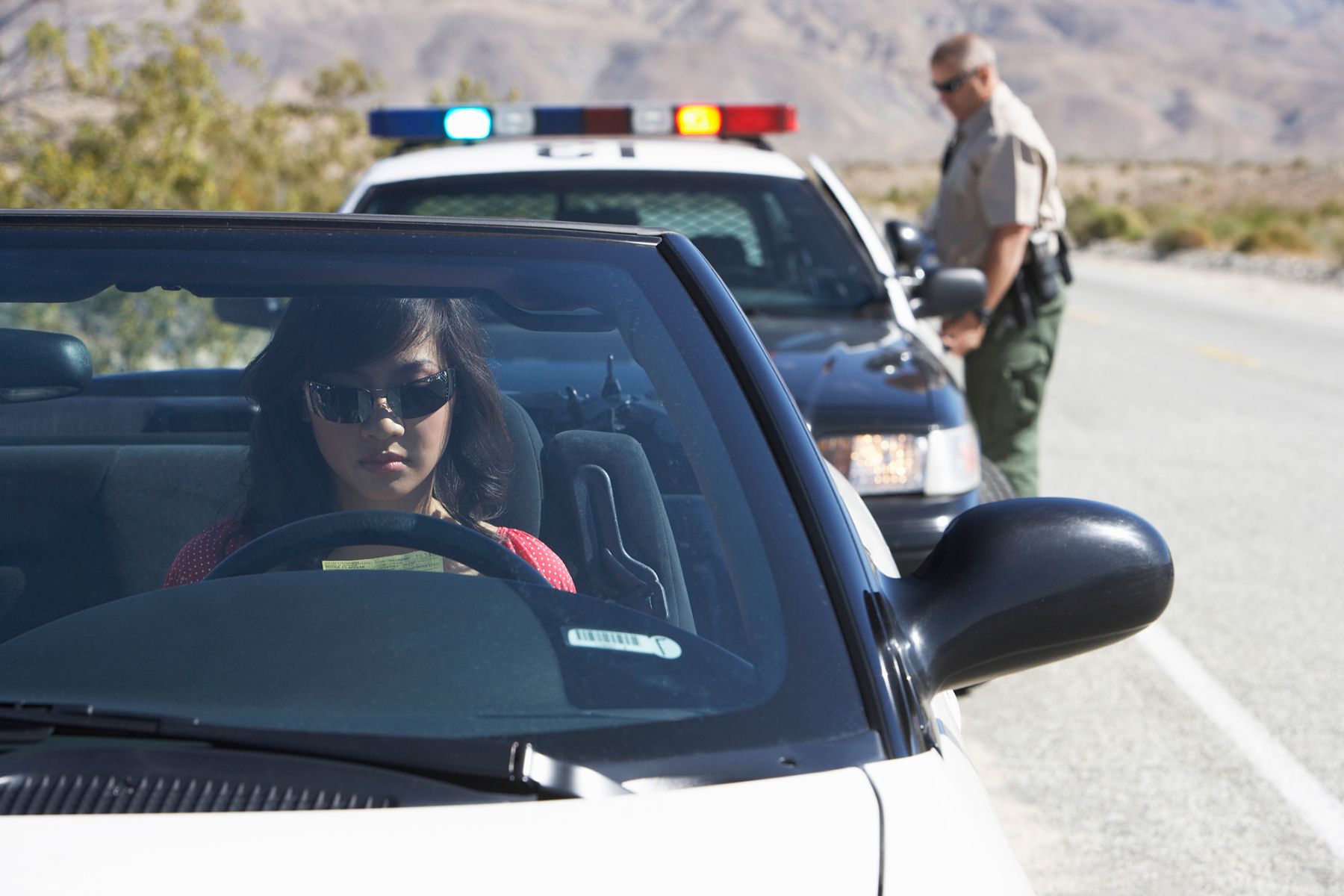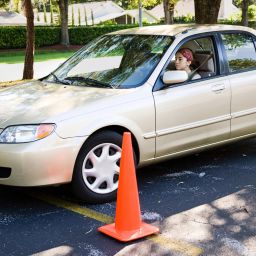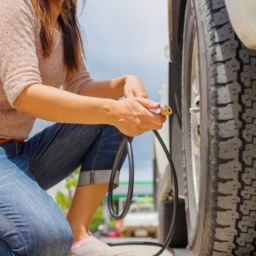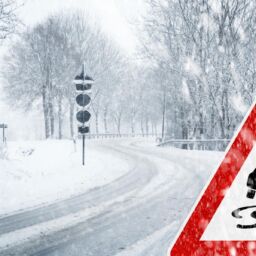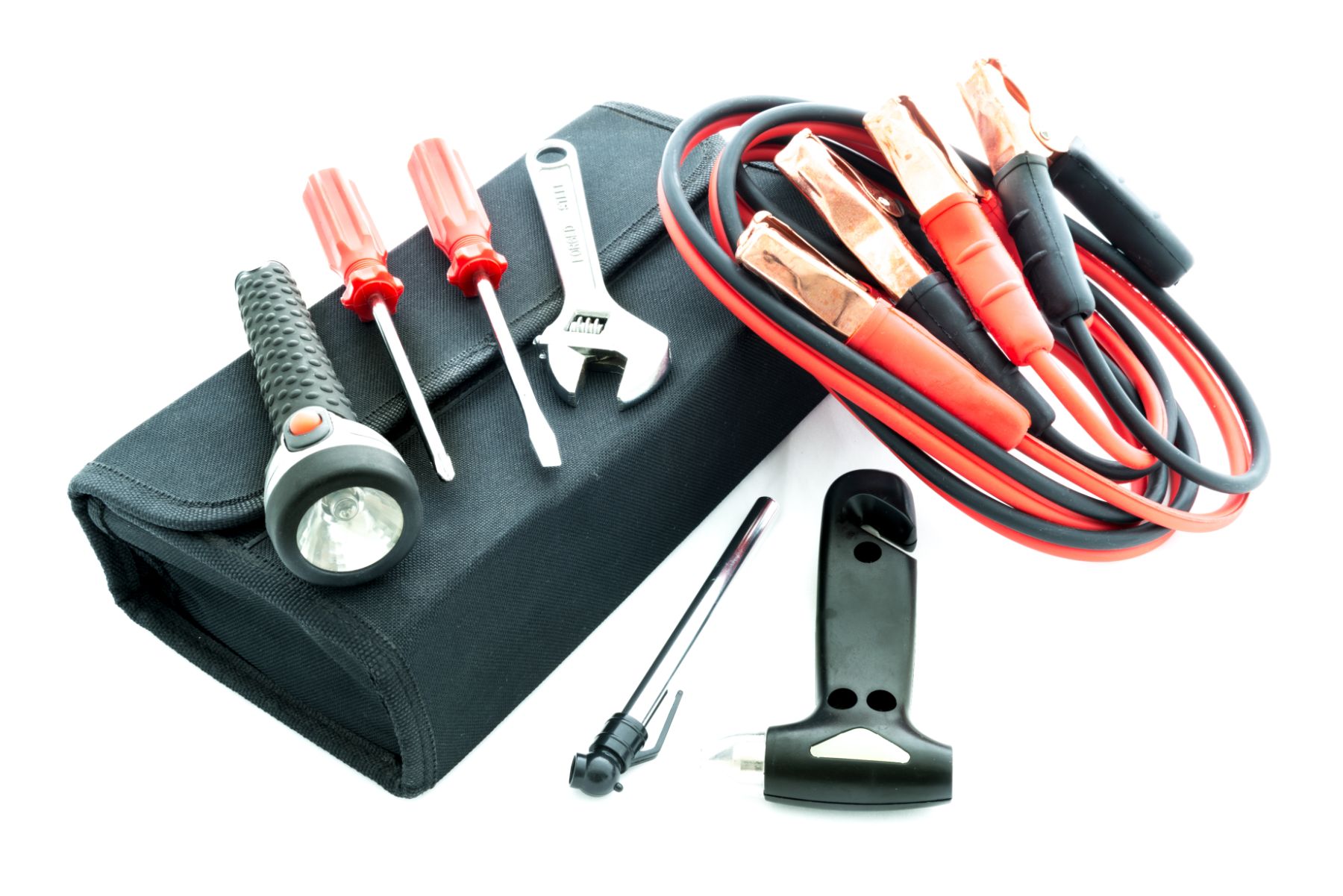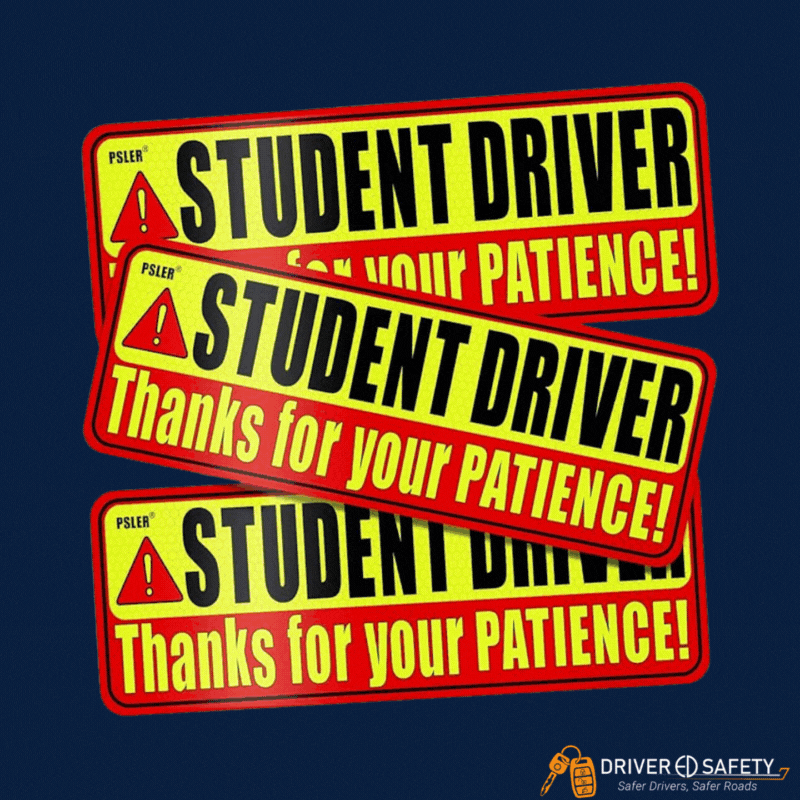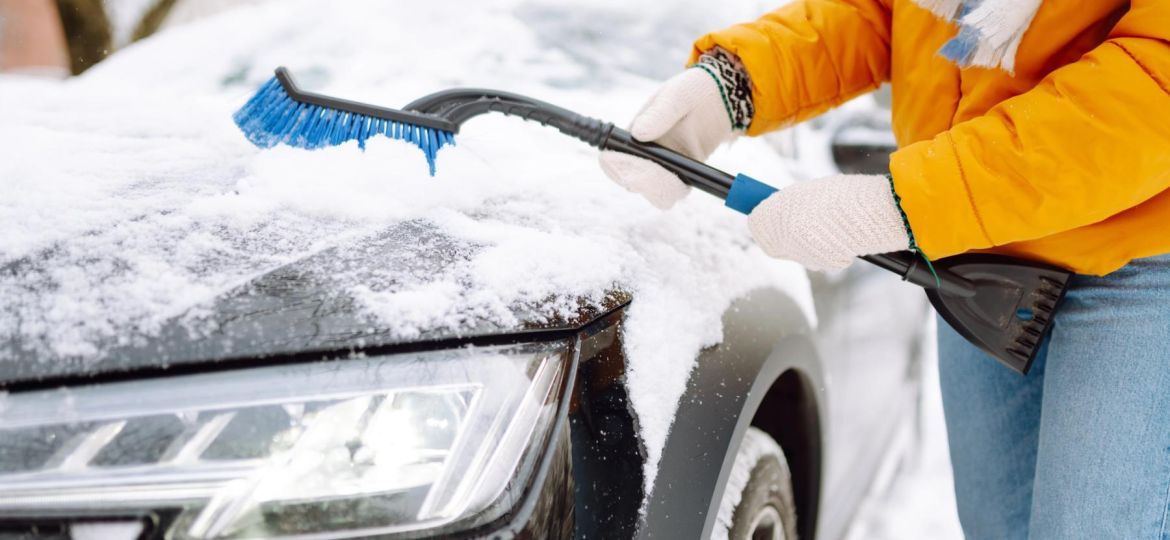
Just as we take the extra time to bundle up in the winter, our cars require the same attention to ensure they’re equipped to handle any winter hazards that come our way. While our cars don’t need to layer up in coats and scarves to brave the cold, there’s still a list of precautions we must take before gearing up to hit the road during Indiana winters.
Understanding that winter driving has its own guidelines and hazards is a good first step. However, the key to safe driving is knowing the right precautions to take during the winter. With all of the driving misconceptions out there, it can be easy to interpret these myths as facts and end up in a sticky situation. The last place you want to be during the wintertime is stuck out in the cold, unprepared with car troubles. Let’s debunk some common driving myths so you are prepared with the facts to get you through the colder months of the year safely.
ALL-SEASON TIRES ARE BEST
All-season tires are great for fall, spring, and especially summer. Unfortunately, they’re just not made to withstand winter weather. While they handle heat well, they aren’t designed to perform well with snow on the roads.
When it comes to freezing temperatures and snowfall, all-weather tires or snow tires are a much better option. All-weather tires can be used year-round and are designed to handle moderate winter weather conditions. They’re not as compatible with the heat as all-season tires but have better traction in the winter. An additional option is snow tires. These are specifically designed for, you guessed it, snow, ice, and freezing temperatures. Snow tires have the best traction for winter driving conditions and are ideal for severe weather conditions. Whichever set of tires are on your car, they must be uniform. Mixing tire types is dangerous and can lead to car damage and accidents.
WARM UP YOUR CAR BEFORE DRIVING
This myth is a little tricky because it originates from fact. Back in the day, this was true. Starting your car to warm up the engine during the winter helped avoid stalling or mechanical issues. However, modern car engines are built to start smoothly, even in chilly weather, and leaving it idle for a long period can actually damage the engine and waste fuel.
If you drive a modern car (cars that don’t have a carburetor), giving it about 30 seconds to “warm up” is perfectly fine; however, if your car is older (and has a carburetor), you’ll still want to give it that extra time before shifting into drive.
LEAVING SNOW ON THE ROOF OF YOUR CAR IS OK
The danger with snow on your roof is that it doesn’t stay there once you start driving. Leaving snow on the roof of your car can cause it to slide onto your front or back windshields or another car, minimizing visibility and creating extra hazards on the road. You’re already scraping the snow and ice off your windows, so what’s an extra minute or two to clear off your roof, too? A snow-free car is essential to safe winter driving. Next time it snows, grab that ice scraper, and don’t forget the roof!
HOT WATER ON YOUR WINDSHIELD WILL MELT ICE
If you’re thinking about doing this—don’t. Glass isn’t a conductor of heat, and the rapid change of temperature can cause your windshield to crack! Repairing a windshield is expensive, and it’s dangerous to drive with a broken one. You’re far better off using your defroster setting, an ice scraper, and de-icer windshield spray to get the job done. For the winter season, investing in a snow shield may be helpful, especially for those who park outside.
HIT THE BRAKES WHEN YOU SKID
Hitting the brakes when you’re skidding on ice may be a natural response, although not the right one. If your vehicle is equipped, your anti-lock braking system (ABS) that keeps the wheels from locking up doesn’t always work on ice. As a result, you’re gonna want to steer into the skid. Don’t slam on the brakes. As scary as this might sound, it’s important to stay calm, take your foot off the accelerator, and steer in the direction you’re sliding.
Knowing your vehicle is key before driving in treacherous conditions. Many vehicles have an option to shift to all-wheel or four-wheel drive for icy weather, so knowing your options and which to choose can make driving in the winter a lot safer.
DRIVING WITH HIGH BEAMS IMPROVES VISIBILITY
Driving with high beams in the snow is actually counterproductive. The harsh light can reflect off the snow and create a glare, making it harder to see. Driving with your low beams in the snow provides the safest and clearest visibility, and remember—clean your headlights, especially if it’s been precipitating.
DRIVE SAFER WITH DRIVER-ED SAFETY
Ensure you’re following the correct safety guidelines when it comes to winter driving. Driver Ed Safety offers an Online Course and Behind the Wheel lessons to help students develop
defensive driving habits, so you can make informed decisions on the road in any condition.
 We’re Upgrading! New Registration System Rolling Out Early 2026 — Stay Tuned!
We’re Upgrading! New Registration System Rolling Out Early 2026 — Stay Tuned!

